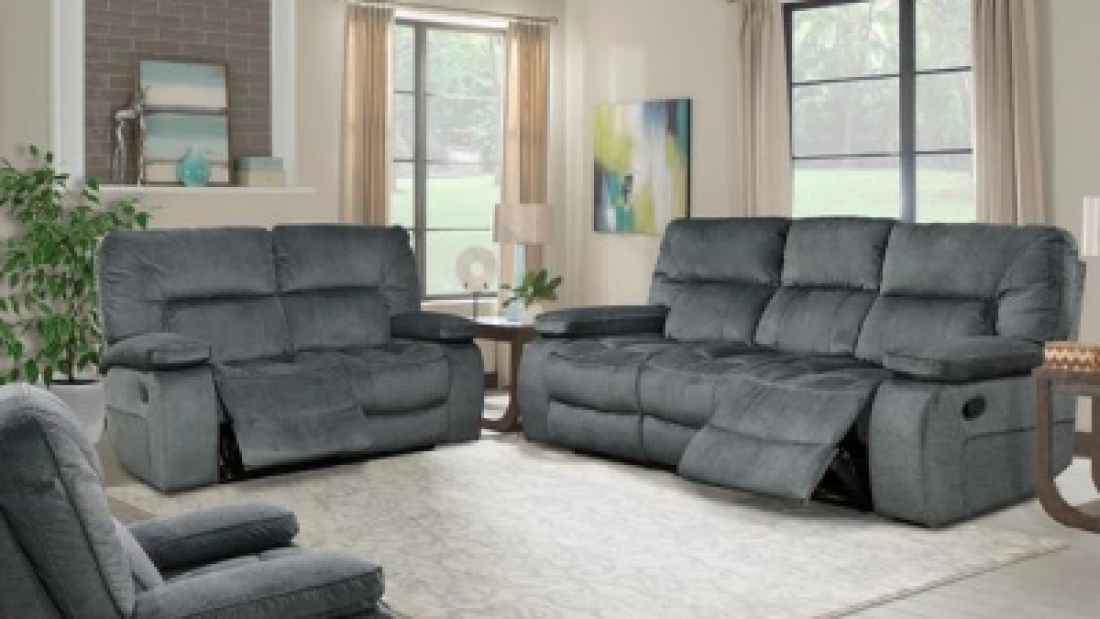A recliner isn’t just a piece of furniture; it’s a sanctuary of comfort after a long day. Selecting the right one can elevate your relaxation experience to new heights. Whether you’re revamping your living room or setting up a cozy nook for reading, this guide will help you find the perfect recliner for your needs.
1. Identify Your Needs
The first step in choosing the right recliner is understanding your needs. Are you looking for a chair to watch TV, read, or take naps in? Do you need a recliner that offers extra support for medical reasons? Your specific requirements will guide your choice.
2. Types of Recliners
There are various types of recliners, each designed to cater to different needs and preferences:
- Two-Position Recliners: These recliners have two positions: upright and fully reclined. They are often the most affordable but offer limited flexibility.
- Rocking Recliners: Ideal for nurseries or living rooms, these recliners allow you to rock back and forth, making them great for soothing babies or simply relaxing.
- Push-Back Recliners: Sleek and modern, these recliners require you to push back to recline. They often lack a footrest but are perfect for contemporary spaces.
- Power Recliners: Equipped with an electric motor, these recliners offer a range of reclining positions at the touch of a button, perfect for those seeking convenience and comfort.
- Lift Recliners: Designed for individuals with mobility issues, lift recliners help the user get in and out of the chair with ease by lifting the seat and tilting it forward.
3. Size and Space Considerations
Measure the space where you plan to place your recliner. Ensure there is enough room for the recliner to fully extend without bumping into walls or other furniture. Also, consider the recliner’s dimensions to ensure it fits well in your space without overwhelming the room.
4. Focus on Comfort
Comfort is crucial when choosing a recliner. Look for the following features:
- Ergonomic Design: A good recliner should support your body well, especially your back and neck. Look for models with lumbar support and headrests.
- Padding and Cushioning: Check the quality and density of the padding. High-density foam provides better support and retains its shape longer.
- Adjustability: The more adjustable the recliner, the more comfortable it will be. Look for recliners with adjustable headrests, footrests, and reclining angles.
5. Material Matters
The material of the recliner affects both its comfort and durability:
- Leather: Durable and easy to clean, leather recliners are a stylish and long-lasting choice. However, they can be expensive and may feel hot in the summer.
- Fabric: Available in a variety of colors and patterns, fabric recliners are comfortable and versatile. They can be more challenging to clean but offer a cozy feel.
- Microfiber: This synthetic fabric is soft, durable, and stain-resistant, making it a great option for households with children or pets.
6. Test Before You Buy
Whenever possible, test the recliner before making a purchase. Sit in it for at least 10-15 minutes to ensure it’s comfortable and supports your body well. Pay attention to the ease of reclining and returning to the upright position.
7. Budget Considerations
Recliners come in a wide range of prices, so set a budget before you start shopping. Remember that a higher price often correlates with better quality and additional features. However, there are plenty of affordable options that offer excellent comfort and durability.
Conclusion
Choosing the perfect recliner involves balancing comfort, style, and functionality. By understanding your needs, considering the space, and testing different options, you can find a recliner that will become your favorite spot for relaxation. Happy recliner shopping!

